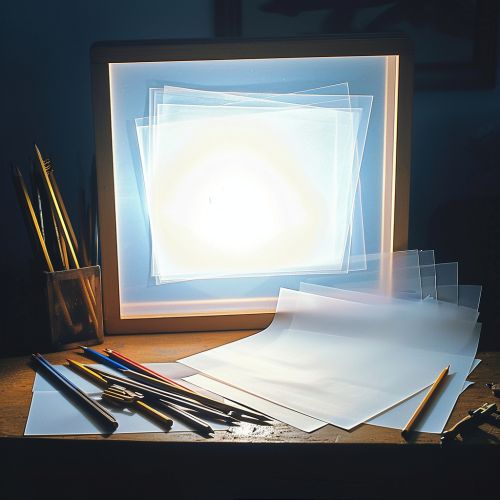Traditional Animation
History
Traditional animation, also known as cel animation or hand-drawn animation, is the oldest and historically the most popular form of animation. It involves the process of creating motion and shape change by means of the rapid display of a sequence of hand-drawn or digitally drawn images.
In the early 20th century, traditional animation was often done with detailed drawings on transparent celluloid sheets, known as cels, which were then photographed onto film. This labor-intensive process was the standard method of creating animated films, television shows, and commercials for much of the 20th century.


Process
The process of traditional animation can be broken down into several key stages: storyboarding, character design, background layout, animation, inking and painting, and finally, camera work.
Storyboarding
The process begins with storyboarding, where a visual representation of the animation is created. Storyboards are a series of sketches that represent the sequence of events in the animation. They serve as a visual script, detailing the narrative, the dialogue, the movement of the characters, and the timing of the scenes.
Character Design
Once the storyboard is complete, the next step is character design. This involves creating the characters that will appear in the animation. The character design process includes sketching and refining the characters until they fit the story and the style of the animation.
Background Layout
The background layout is then created. This is the art that sets the scene for the animation. It includes the locations, the props, and the atmosphere of the animation. The background layout is usually created by a team of artists who specialize in environment design.
Animation
The actual animation process involves creating the movement for the characters and objects in the scene. This is done by drawing each frame of the animation by hand. In traditional animation, this is often done on transparent sheets of paper or celluloid, known as cels. Each cel is then photographed onto film in sequence, creating the illusion of movement.
Inking and Painting
Once the animation is complete, the cels are then inked and painted. Inking involves tracing the pencil drawings onto a new cel with a special pen. Once the inking is done, the cels are then painted with colors. This process is often done by a team of artists, known as inkers and painters.
Camera Work
The final stage of the process is the camera work. This involves photographing each cel in sequence and then compiling the images into a film. This process is often done with a special camera known as a rostrum camera.
Techniques
There are several techniques that are commonly used in traditional animation. These include rotoscoping, onion skinning, and tweening.
Rotoscoping
Rotoscoping is a technique where live-action footage is traced frame by frame to create realistic movement. This technique was first used in the early 20th century and has been used in many classic animated films.
Onion Skinning
Onion skinning is a technique where the animator can see several frames at once. This allows the animator to create smoother, more fluid animation by being able to see the movement of the animation over several frames.
Tweening
Tweening is a technique where the animator creates intermediate frames between two images to create the illusion of motion. This technique is often used to create smooth, fluid movement in animation.
Impact and Influence
Traditional animation has had a significant impact on the world of animation and has influenced many other forms of animation. It has been used in many classic animated films and television shows, and its techniques and principles are still used in many forms of animation today, including computer animation and stop motion animation.
